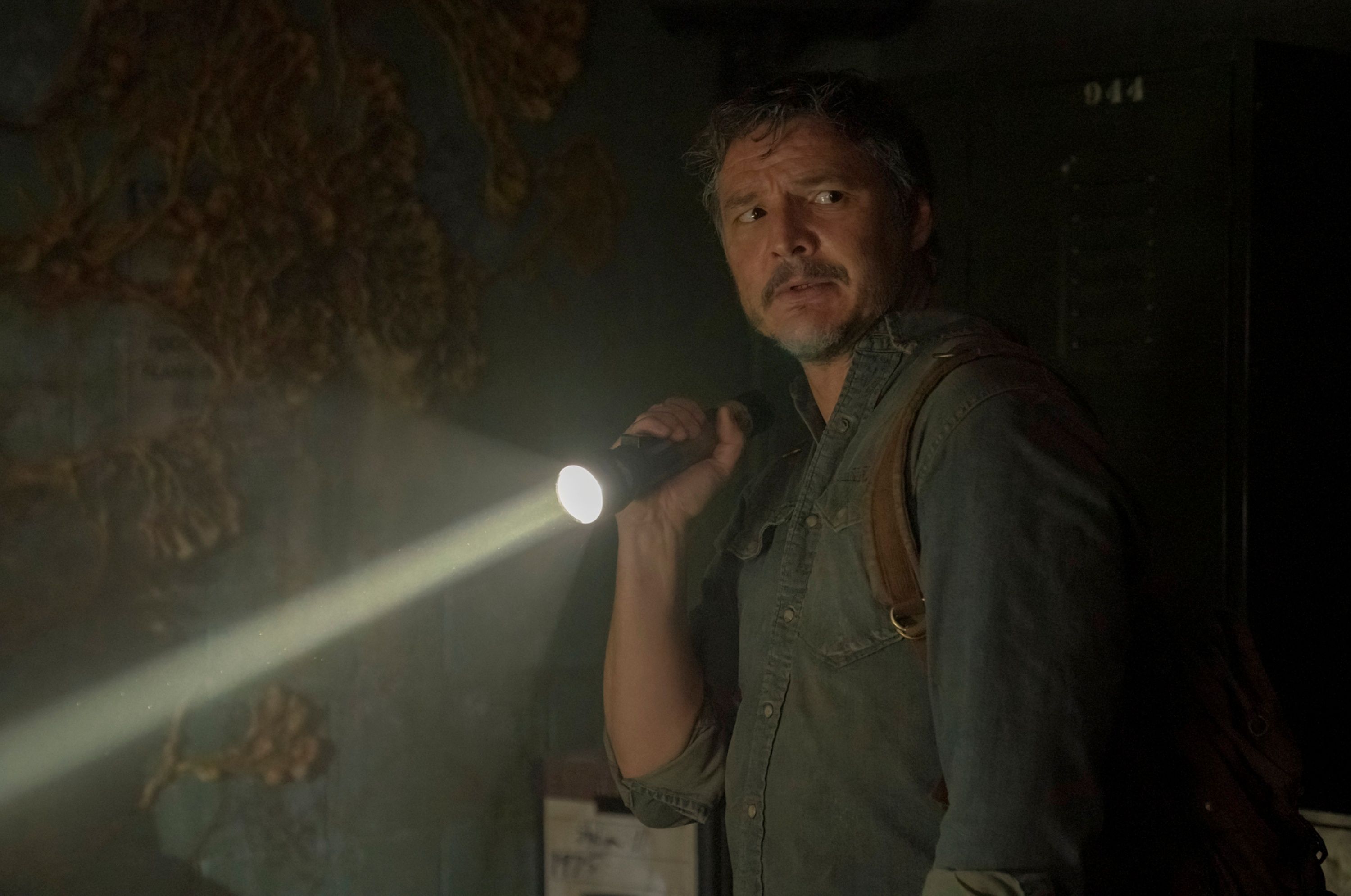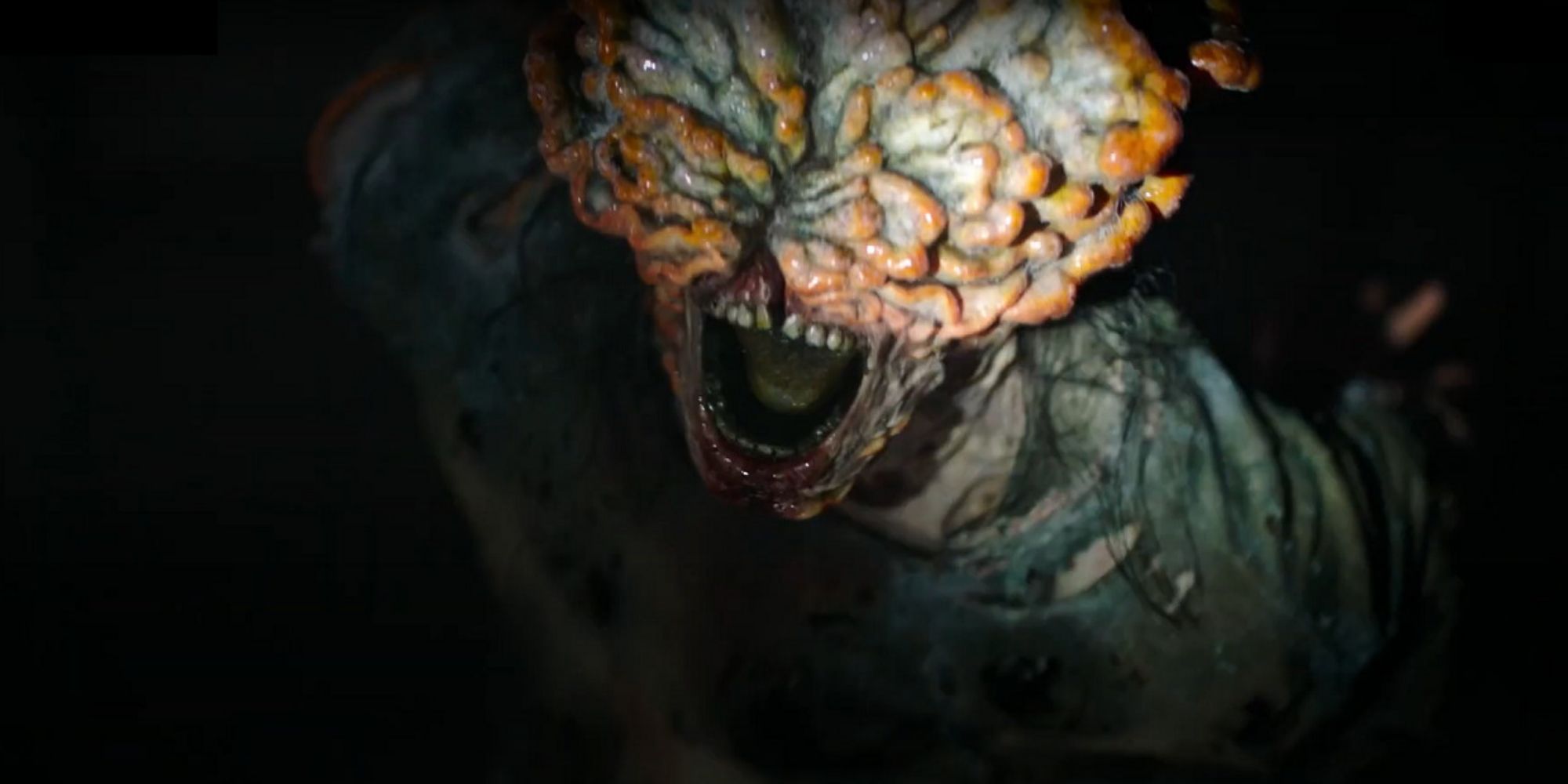Editor's note: The following article contains spoilers for Episode 1 of The Last of Us.
Episode 1 of HBO Max’s The Last of Us proves why the series (and the games) are so successful. In little more than one hour, we meet layered characters that are going on their personal journey, witness a terrifying zombie outbreak, have our hearts ripped out by a young girl’s death, and understand the complex structure of the series' post-apocalyptic world.
It wouldn’t be an exaggeration to say Episode 1 of The Last of Us achieves more in a single episode than most series in an entire season. But there’s another reason why The Last of Us is such an exciting show. While most zombie outbreak stories focus on the virus that spread like the flu, or COVID, The Last of Us pins the blame of the apocalypse on fungi — cordyceps, to be more specific, and the realistic way these fungi are introduced makes them scarier than your average virus.
What Are Cordyceps?
Cordyceps are a genus of fungi comprising more than 600 species. What most of these species have in common is that they are parasites, growing inside the body of a host until they eventually kill it. All the stories you heard about zombie ants eaten from the inside out by fungi are true, and the cordyceps are to blame.
A cordyceps usually attaches itself to another creature and slowly replaces its tissues, altering the neurological behavior of its victim. For instance, when cordyceps infect bugs, they take over their bodies and convince them to search higher places where they can spread their spores and contaminate even more bugs. It’s all part of the biological imperative that pushes all living creatures to reproduce and ensure the continuity of their genetic pool. But in the case of cordyceps, the result is terrifying. The Last of Us is aware of the uncomfortable truth of the cordyceps and asks what would result from a human infection by these parasitic fungi.
Why Are Fungi So Important to 'The Last of Us'?
So far, humanity has been saved from a cordyceps infection because these fungi cannot survive in the bodies of warm-blooded creatures. Human bodies are just too hot to sustain fungi, so the cordyceps prefer to go for bugs. However, evolution has a way of changing species slowly over time, and mutations that are more adapted to their environment ensure the survival of the fittest, leading to new generations of a species that also carry that particular mutation. Since the planet's average temperature is rising, mutations that turn species more resistant to heat become more adapted to the environment. So, The Last of Us considers the possibility that global warming could lead to the emergence of cordyceps that can actually infect humans.
In regular zombie infestations, a virus erases the human mind and turns it into a savage beast. In The Last of Us, human neurology is also altered to make the host more aggressive and more likely to bite and spread the fungi to new victims. But the process is a lot scarier, as the cordyceps slowly replace human tissue, eating people from the inside out. It’s no wonder that in Episode 1 of The Last of Us, we can see a high number of amputees in the Boston quarantine zone since people are probably willing to cut off some limbs to stop the fungi from spreading on their insides.
While The Last of Us is deservingly praised for its human drama, the cordyceps help the franchise to also stand above other horror productions focused on zombies. The reason for that is that cordyceps are a source of infection more frightening than any kind of virus.
New episodes of The Last of Us come to HBO and HBO Max every Sunday.



